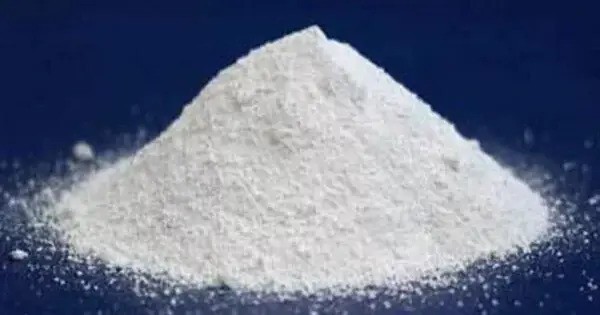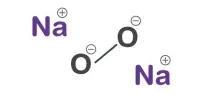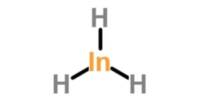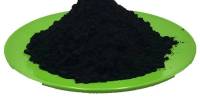Caesium tungstate or cesium tungstate is an inorganic chemical compound that is notable for forming a very dense liquid in solution. The solution is used in diamond processing, since diamond sinks in it, whereas most other rocks float. It is primarily known for its high density and its applications in various fields, such as X-ray imaging and as a radiation shielding material.
It is a high-density compound primarily used for its radiation shielding properties, particularly in X-ray and gamma-ray applications. Although it doesn’t occur naturally, it is synthesized for use in a variety of scientific and industrial applications due to its unique physical and chemical properties.
Properties
Caesium tungstate forms colorless crystals, which are strongly hygroscopic. A phase transition from orthorhombic to hexagonal crystal system occurs at 536 °C.
- Chemical formula: Cs2WO4
- Molar mass: 513.65 g/mol
- Melting point: >350 °C
Preparation
Caesium tungstate can be obtained by the reaction between caesium chloride (CsCl) and silver tungstate (Ag2WO4) or the reaction between tungstic acid and caesium hydroxide.
Occurrence
Caesium tungstate does not occur naturally as a mineral, but it can be synthetically produced. It is typically formed by combining cesium compounds, such as cesium hydroxide (CsOH), with tungsten compounds like tungsten oxide (WO₃).
Applications
- Radiation Shielding: Due to its high density and atomic number, caesium tungstate is used in radiation shielding, particularly for X-rays and gamma rays. It can serve as an alternative to lead in some situations, especially in medical imaging.
- X-ray Imaging: The material is sometimes used as a scintillator in X-ray imaging and computed tomography (CT) scanners, providing better contrast and enhanced imaging capabilities.
- Electronics and Semiconductors: Cs2WO4 may be used in some specialized electronic devices due to its high atomic number and other electrical properties.
- Synthesis of Other Materials: It may also be used in the synthesis of other tungsten-based compounds or materials, often in laboratory and industrial settings.
Safety Considerations
Caesium tungstate should be handled with care, as both caesium and tungsten compounds can be toxic in certain forms. Additionally, due to its high density, it should be kept away from environments where it could lead to excessive exposure to radiation unless properly shielded.
















